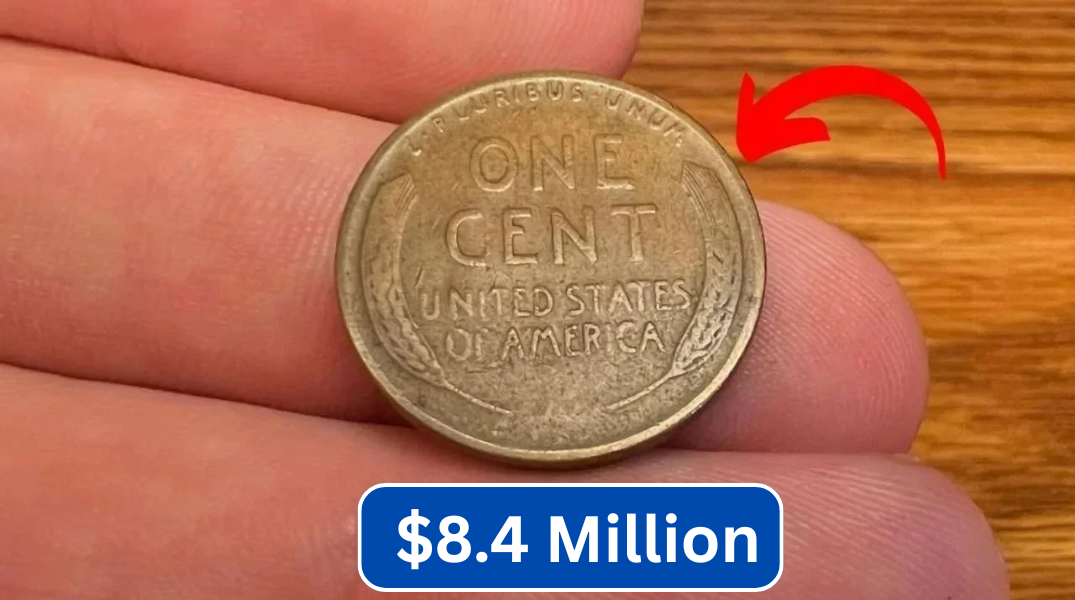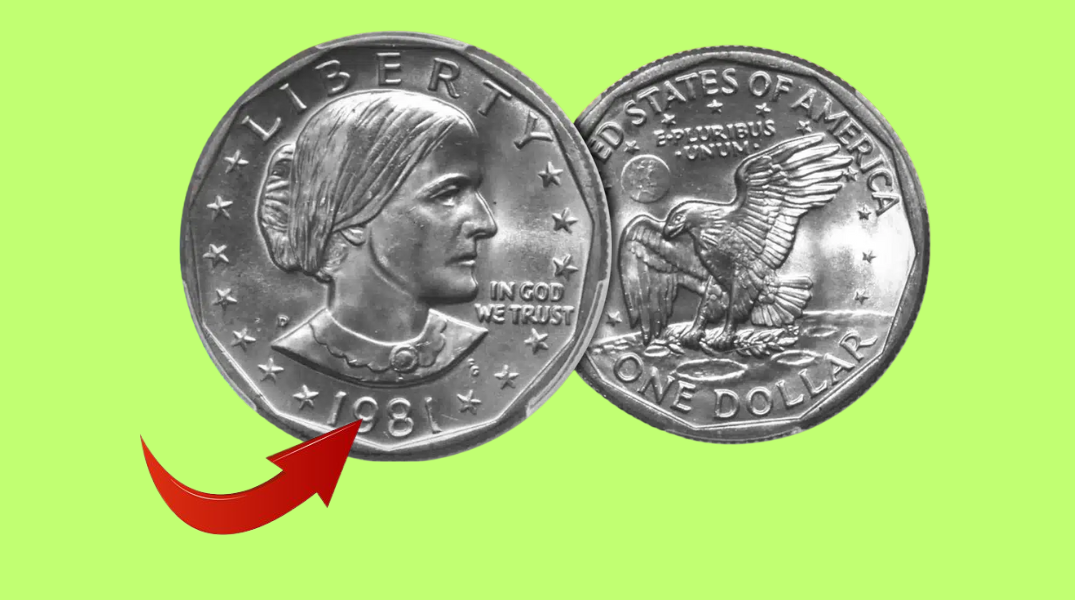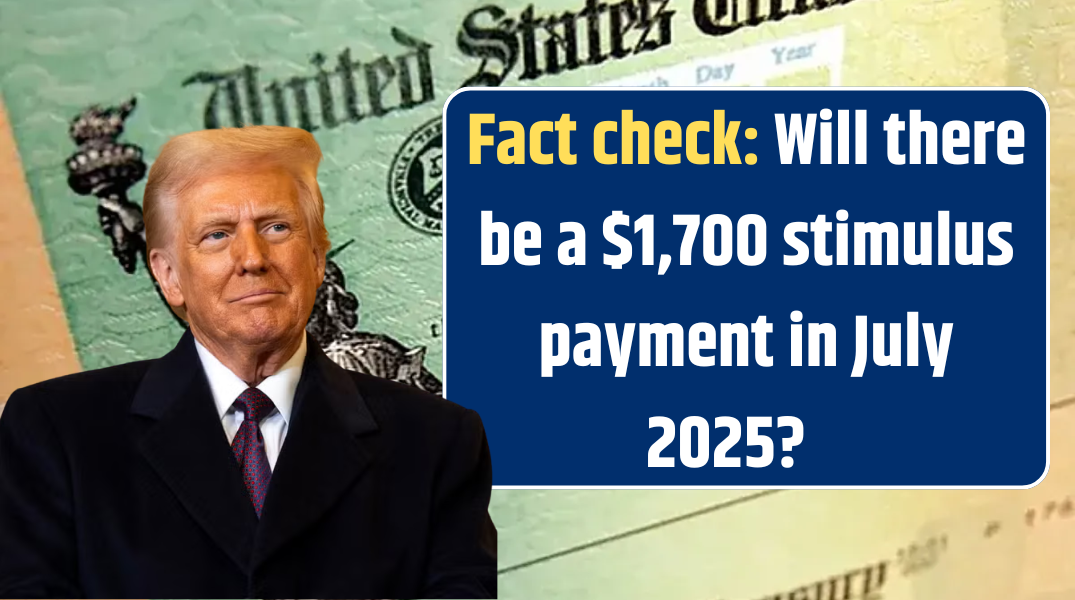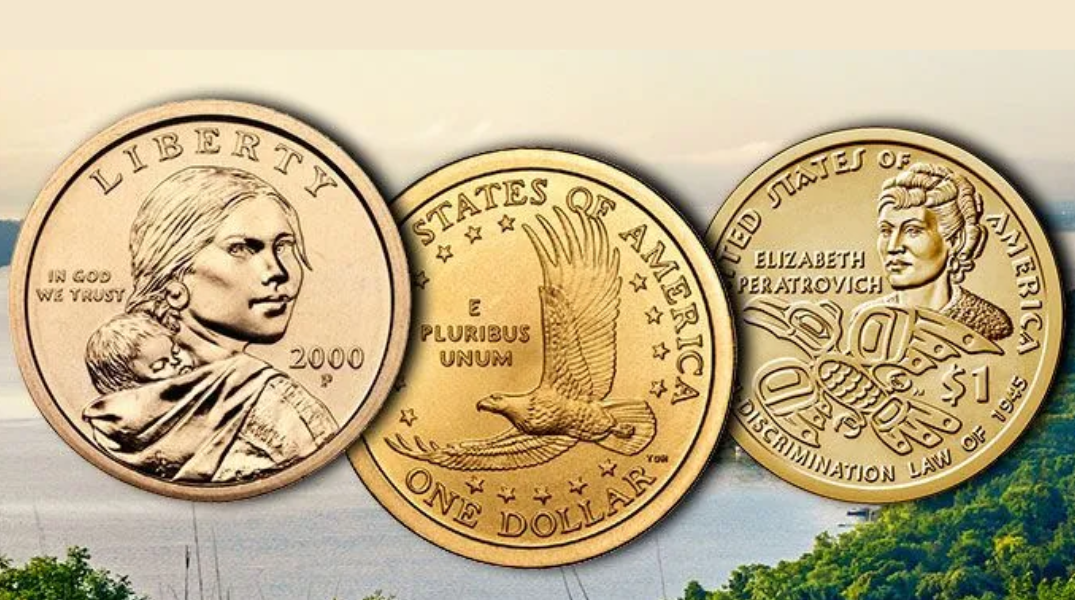Lincoln Wheat Penny Could Be Worth $8.4 Million – What if a single penny in your pocket could be worth more than a beachfront mansion? It’s not just a fantasy. The legendary 1943-D Lincoln Wheat Penny — a rare wartime mistake — has sold for as much as $8.4 million. Tucked away in old jars or forgotten piggy banks, this copper-colored coin has become one of the most desired collectibles in American history.
So, what makes this small coin so powerful? Let’s dive into the accidental history, rarity, and treasure-hunting tips behind this million-dollar marvel.
How a Wartime Coin Became a Collector’s Holy Grail
During World War II, the United States was in urgent need of copper for bullets, wiring, and equipment. To save on resources, the U.S. Mint decided to produce pennies using zinc-coated steel in 1943 — a drastic departure from the traditional copper composition.
But something strange happened at the Denver Mint. A few leftover copper planchets (the metal discs used to mint coins) were accidentally fed into the machines. The result? A handful of genuine 1943-D Lincoln pennies struck in copper — coins that should never have existed.
Fewer than 20 are believed to exist, and their value has skyrocketed. One sold at auction for a jaw-dropping $8.4 million — the highest price ever paid for a penny.
How to Spot This Once-in-a-Lifetime Coin
Finding one of these rare coins isn’t as far-fetched as you think. Many are still unaccounted for and could be hiding in personal collections.
Here’s a step-by-step guide to identifying a potential 1943-D copper penny:
| Feature | What to Look For |
|---|---|
| Date | Must read 1943 |
| Mint Mark | A “D” beneath the date (for Denver) |
| Material | Copper — use a magnet (it should not stick) |
| Design | “Wheat ears” reverse (Wheat Penny design) |
💡 Pro Tip: Steel 1943 pennies are silver-gray and magnetic. A copper penny from 1943 that doesn’t stick to a magnet? That’s where things get exciting.
What Makes It So Valuable?
The 1943-D copper penny’s worth comes down to three powerful factors:
-
Extreme Rarity: Only a small number were ever minted by mistake.
-
Historical Context: Minted during wartime, its accidental creation makes it a powerful symbol of an extraordinary period.
-
Collector Demand: Wealthy collectors and museums are constantly on the hunt for top-grade, authenticated specimens.
This combination of story and scarcity makes the coin more than money — it’s a piece of American lore.
Also Read – The Lincoln Wheat Penny Valued at $9,800,000, Still in Circulation
Bonus: The Story of the $8.4 Million Penny
The record-setting sale of one such coin happened in 2018 through a private auction. What made it so valuable wasn’t just its rarity — the coin was in near-flawless condition, graded as MS-64 Brown by a top grading service.
That one penny turned its finder into a millionaire — and it’s why collectors everywhere still dream of stumbling across another.
Could One Be Hiding in Your Home?
Surprisingly, these coins were circulated and could still be buried in:
-
Old family coin jars or piggy banks
-
Inherited coin collections
-
Rolls of pennies from the bank
-
Estate sales or flea markets
Even non-D copper pennies from 1943 can be worth tens of thousands of dollars. So it’s worth checking any copper-colored 1943 penny you find.
What To Do If You Think You’ve Found One
If you believe you’ve found a 1943-D copper Lincoln penny:
-
Don’t Clean It! Cleaning can scratch the surface and reduce its value.
-
Use a Magnet Test: If it doesn’t stick, there’s potential.
-
Weigh It: A genuine copper penny should weigh about 3.11 grams, compared to 2.7 grams for a steel one.
-
Get It Graded: Contact a professional service like PCGS or NGC to authenticate the coin.
-
Consult Experts: Reach out to trusted coin dealers or auction houses. Don’t sell it online without a verified appraisal.
FAQ: 1943-D Copper Lincoln Penny
Q1: How many 1943-D copper pennies exist?
🔹 Fewer than 20 are believed to exist, making them exceptionally rare.
Q2: What makes the 1943 penny different from other Wheat Pennies?
🔹 Most 1943 pennies were made of steel. The copper versions were accidental, due to leftover planchets.
Q3: Can I still find one in circulation?
🔹 It’s unlikely but possible. Many are still unaccounted for and could be in old collections or loose change.
Also Read – The Lincoln Wheat Penny Valued at $7,700,000, Still in Circulation
Q4: What’s the difference between the 1943-D and regular 1943 copper pennies?
🔹 The “D” mint mark means it was minted in Denver, and these are the rarest and most valuable of all the copper 1943 pennies.
Q5: What should I do before selling?
🔹 Always get the coin professionally authenticated. This ensures you won’t be taken advantage of by buyers and helps you fetch the best price.
A Penny That Could Change Your Life
You might not think much of a penny — but the 1943-D copper Lincoln Wheat Penny is more than small change. It’s a symbol of wartime innovation, a minting mishap turned national treasure, and for a lucky few, a ticket to financial freedom.
So next time you sift through your coins or visit Grandma’s attic, keep your eyes peeled. That unassuming copper coin could turn out to be one of the most valuable finds of your life.









